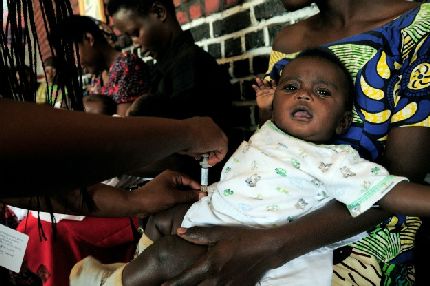From Citizendium, the collection of citizens
[[Image:. ]]

Pneumoniae, also called pneumococcus, is
bacteria can cause numerous infections. This is the most common cause of
and, and usually at the top >> << men. S. pneumonia
a lancet form, type knife with a short broad two-edged blade. This alpha
(classification method of destruction) and usually ranges from 0. 5 and 1. 25 micron. S. pneumonia
was first isolated in 1881 while the U.S. Army doctor
and French chemist. S. pneumonia
was used to demonstrate that genetic material is composed. In 1928
together live pneumococci in vaccinated mouse with heat killed, virulent pneumococci. Live, harmless pneumococci were transformed into lethal form. In 1944
and found that the transforming factor in Griffith experiment was DNA. S. pneumonia is 2160837
pairs. His
circular and has a 2236. About 5% of the genome consists of >> << that may promote absorption by foreign DNA. S. pneumonia
, showed significant growth over the past few decades, due to its rapid growth rate and genetic alterations. S. pneumonia
completely surrounded with. Capsules >> << prevent, preventing its cells. Cell wall S.
pneumonia six layers thick and is of lipoteyhoevaya and acids. Within these acids
(CPP), which followed choline receptors on human cells. S. pneumonia is the
, which is similar to the hair structure extends from the surface. It also has more than 500 surface proteins, including five
(PSB), two, IgA, and choline-binding proteins as described previously. S. pneumonia
receives a significant amount of carbon and nitrogen by means of which allow for the metabolism of polysaccharides and. These systems also damage host tissues and facilitate colonization. S. pneumonia
usually found in humans, particularly << region. >> It is in the 5-10% of healthy adults and 20-40% of healthy children, and are not pathogenic, if he goes beyond this region, an area of concrete presentation of infection. S. pneumonia
sometimes shares his normal residence of pathogens. Individually each pathogen thrives on its own. However, if both agents living in the region at the same time in 2 weeks only
H. Influenza
survives. The immune response caused by H.
Flu leads to death of S. pneumonia. Depending on where S. pneumonia
travels, various infections occur. If it reaches or
and the result will be. If it enters the lungs,
happen. If
S. pneumonia enters the bloodstream,
will happen in the future may lead to, or. S. pneumonia
most often causes pneumonia and meningitis. Symptoms of pneumonia cough producing green or yellow sputum, fever, chest pain, fever, and shortness of breath. Symptoms of meningitis severe headache, stiff neck and fever. S. pneumonia
are a few that allow it to evade the human immune system. It has a polysaccharide capsule that prevents phagocytosis, preventing opsonizatsiyi its cells. It has protein, which causes
host cells and prevents activation. She also has her own which lysed cells to release its contents. Other factors include the virulence and drinking, and choline protein. For more details see. Therefore, it is difficult to pinpoint the vaccination due to the fact that more than 90 S. pneumonia
exist, and that immunization of one serotype does not protect against infection of other serotypes. Vaccines are now being used to target multiple serotypes. Young children (up to 60 months) are presented
(PCV 7), such as. A recent study showed that the pneumococcal conjugated vaccine, introduced in children, in 2000 a significant reduction in strength after 4 years. 7-valent pneumococcal conjugated vaccine (PCV7) was introduced to children in 2000, and the proportion of S. pneumonia
isolates susceptible to antibiotics was tested annually. After 4 years, the proportion of susceptible strains decreased considerably, indicating that
S. pneumonia creates resistance to antibiotics quickly. S. pneumonia
vaccine is usually injected into the body, but research studies using vaccines that are entered using the route
had successful results in animals. The use of whole cells razinkapsulirovat killed pneumococcus strain type 6B, the researchers injected the vaccine intranasally in rats. The vaccine proved protect animals from infection. New serotypes are still open. A recent study found a new capsular serotype
S. pneumonia. Scientists have identified a new subtype of serotype 6. Two subtype (AB) were already known, but subtype C is now revealed. This study showed that the serotypes found strattera prescription in an already established serotypes. John M. Barry (2004),
The Great Influenza: The epic story of dangerous plague in the history of the Vikings >> <<
No comments:
Post a Comment